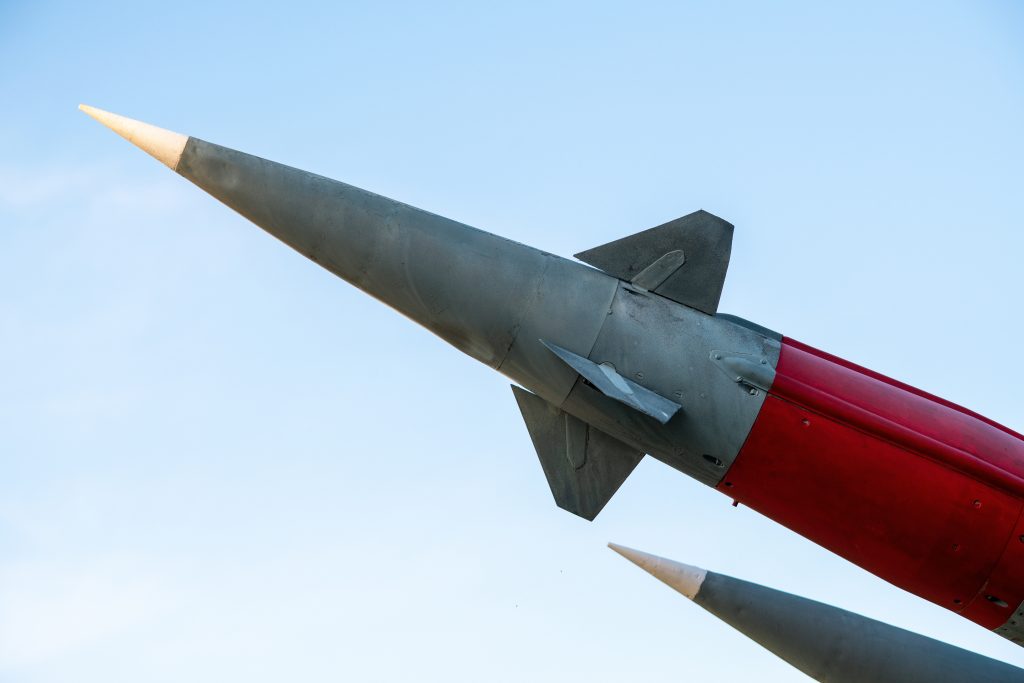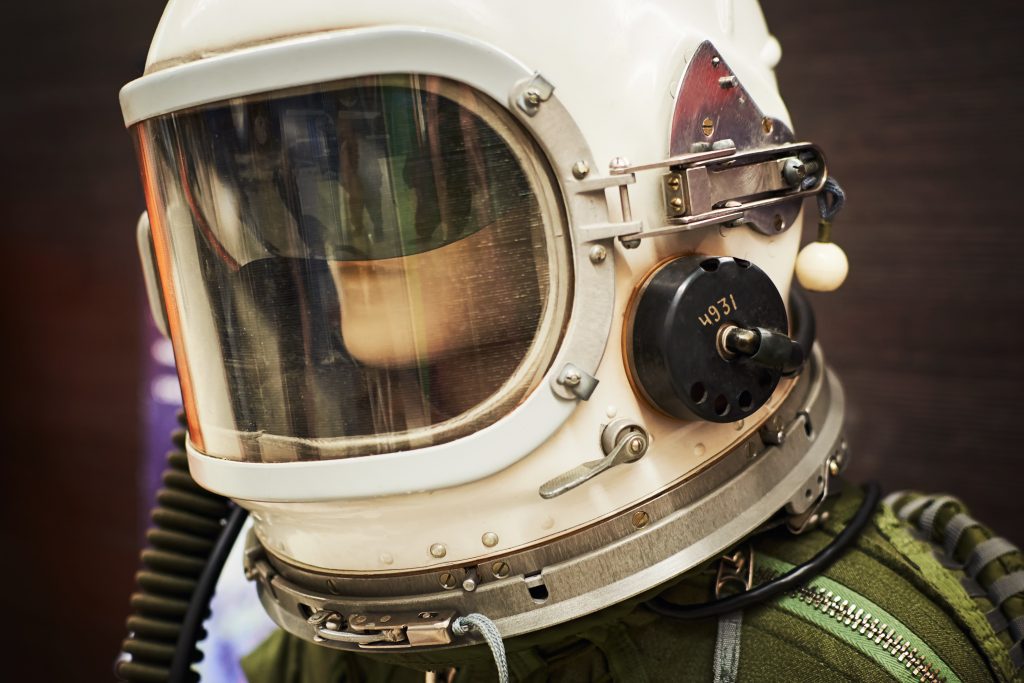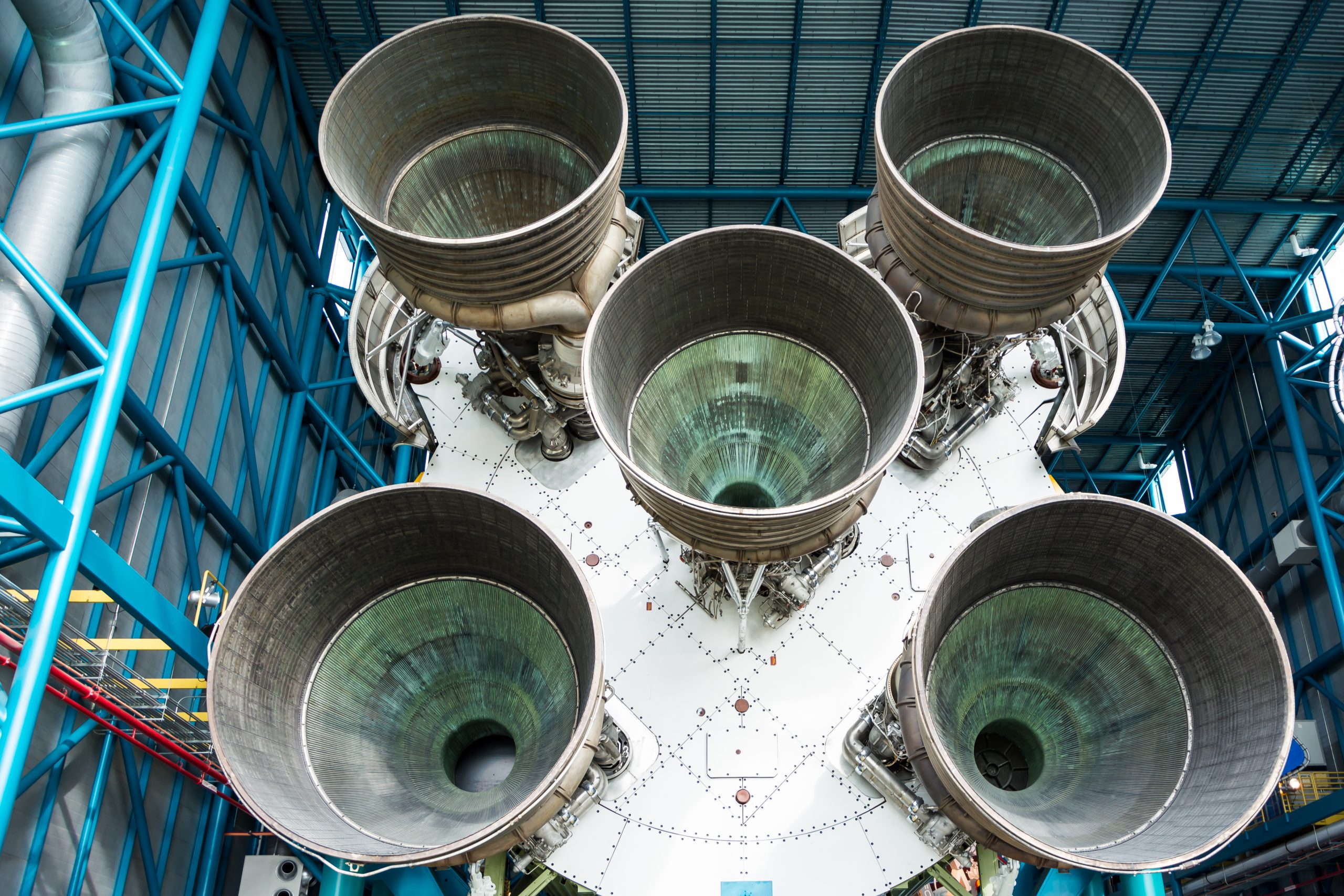Rockets have played a pivotal role in space exploration and technological advancement. Their development spans centuries, from ancient innovations to sophisticated modern designs.
The origins of rocketry can be traced back to ancient China, where gunpowder-powered devices were first used as weapons and for ceremonial purposes. In the 9th century, the Chinese developed the earliest known rockets by attaching gunpowder-filled tubes to arrows. These rudimentary rockets laid the foundation for future advancements in rocketry.
The 20th century saw the birth of modern rocketry, driven by visionaries like Konstantin Tsiolkovsky, Robert H. Goddard, and Hermann Oberth. Tsiolkovsky, a Russian scientist, proposed the concept of space exploration using multi-stage rockets in the early 1900s. Robert Goddard, an American physicist, is often credited as the father of modern rocketry for his successful launch of the world’s first liquid-fueled rocket in 1926. German engineer Hermann Oberth furthered theoretical and practical aspects of rocketry, influencing the development of powerful rockets during World War II.
The V-2 rocket, developed by Nazi Germany during World War II, marked a significant milestone in rocket technology. Designed by Wernher von Braun and his team, the V-2 was the first long-range guided ballistic missile. It reached altitudes of 189 kilometers (118 miles) and became the first human-made object to reach the edge of space. After the war, von Braun and many of his team members moved to the United States, where they significantly contributed to the American space program.

The Cold War era saw rapid advancements in rocket technology, driven by the space race between the United States and the Soviet Union. The Soviet Union’s launch of Sputnik 1 in 1957, the first artificial satellite, and the subsequent successful launch of the R-7 rocket, demonstrated the potential of rockets for space exploration. In response, the United States developed the Redstone, Atlas, and Saturn rockets, culminating in the Saturn V, which propelled astronauts to the Moon during the Apollo program.
Modern rockets are complex engineering marvels, comprising various systems and components designed to achieve specific mission objectives. The propulsion system is the heart of a rocket, generating the necessary thrust to propel it into space. It includes engines, fuel tanks, and oxidizers. There are different types of propulsion systems: chemical propulsion, which utilizes liquid or solid propellants that react chemically to produce high-speed exhaust gases; electric propulsion, which uses electrical energy to accelerate ions, providing efficient, low-thrust propulsion for long-duration missions; and hybrid propulsion, which combines elements of both chemical and electric propulsion.
The rocket’s structure must withstand extreme forces during launch and flight. It includes the airframe, which houses the payload and propulsion system, and the aerodynamic components, such as fins and fairings, which provide stability and reduce drag. The avionics system controls the rocket’s flight path, navigation, and communication. It includes sensors, onboard computers, and communication equipment to ensure precise guidance and control. The payload is the rocket’s mission-specific cargo, which can range from scientific instruments and satellites to crewed spacecraft. The payload is typically housed in a payload fairing to protect it during launch. For reusable rockets, the recovery system enables the safe return and refurbishment of the rocket stages. This system may include parachutes, landing legs, or other mechanisms.

In recent years, the development of reusable rockets has revolutionized space exploration and reduced costs. Companies like SpaceX and Blue Origin have pioneered the design of rockets that can land and be reused multiple times. SpaceX’s Falcon 9 and Falcon Heavy rockets have successfully demonstrated reusability, paving the way for more sustainable and cost-effective space missions.
The future of rocket technology promises even greater advancements. Developments in propulsion systems, materials science, and automation are expected to enhance rocket performance and expand our ability to explore deep space. Projects like NASA’s Space Launch System (SLS) and SpaceX’s Starship aim to carry humans to Mars and beyond, marking the next chapter in our journey into the cosmos.
The history of rockets is a testament to human ingenuity and our relentless pursuit of exploration. From ancient Chinese fire arrows to cutting-edge reusable rockets, the evolution of rocket technology has enabled humanity to reach new frontiers. As we continue to innovate and push the boundaries of what is possible, rockets will remain at the forefront of our quest to explore the universe.














